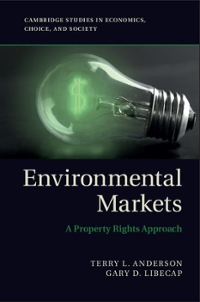Question
1. New deal or NO deal? Before Covid, two major economic crises of the last century were the Great Depression of 1929 and the financial
1. New deal or NO deal? Before Covid, two major economic crises of the last century were the Great Depression of 1929 and the financial crisis of 2008-2009. In Both cases, the U.S. Economy was severely hit and entered a phase of a prolonged recession. The federal government's response to these two events was radically different, however. The democrat Franklin D. Roosevelt introduced the "New Deal", a massive government spending program to boost economic activity in the aftermath of the 1929 depression. However, his distant successor, Barack Obama, followed a much more restrained "quantitative easing", an approach inspired by the trickle-down economics of the post-1980 era. Firstly, I want you to read up on these two approaches and identify some of their commonalities and differences. In particular, what were their effects on Aggregate Demand, and through what mechanisms (what components of AE) did they try to create that effect? Secondly, I want you to consider the social welfare implications of these two programs. Who were the winners and losers of these two policies? The rich or the poor? What were the effects they had on income inequality and the living standards in the U.S.? Based on this exercise, what do you think are the relative weakness and strengths of these two programs, and which one do you think is a better approach? Please feel free to provide supporting charts, tables, and other documents justifying your answers. Also, be sure to make your responses brief and concise while addressing the main points asked here. 2. Laughing all the way to the bank? Read up on the Glass-Steagall act of 1933. What was the main objective of that legislation? In 1999, then-President Bill Clinton signed the Gramm-Leach-Bliley Act into law and effectively repealed 2 Glass- Steagall. Explain how this might have been among the contributing factors to the financial crisis of 2008. 3. Fiscal policy The AD-AS model can be used to analyze the effects of fiscal policy, including changes in government spending or taxes. Suppose Congress votes to decrease corporate income tax rates. Use the AD/AS model to analyze the likely impact of the tax cuts on the macroeconomy. Show graphically and explain your reasoning. What exactly causes AD and/or AS to shift? What happens to GDP and the aggregate price level? Why? 4. Is the Fed out of Ammo? Since the end of the Great Recession, interest rates have been at historic lowsin some cases, close to zero. How is expansionary monetary policy, or more specifically an open market purchase, supposed to work? How do near-zero interest rates limit the ability of expansionary monetary policy to work? Couple this with your answer to question 1. Are there any risks associated with maintaining low-interest rates in an inflationary environment? What are the trade-offs the central bank faces during a period when stagflation is a possibility?
Please write the answer of above question and avoid using chat GPTor any other AI generated tools.
Step by Step Solution
There are 3 Steps involved in it
Step: 1

Get Instant Access to Expert-Tailored Solutions
See step-by-step solutions with expert insights and AI powered tools for academic success
Step: 2

Step: 3

Ace Your Homework with AI
Get the answers you need in no time with our AI-driven, step-by-step assistance
Get Started


